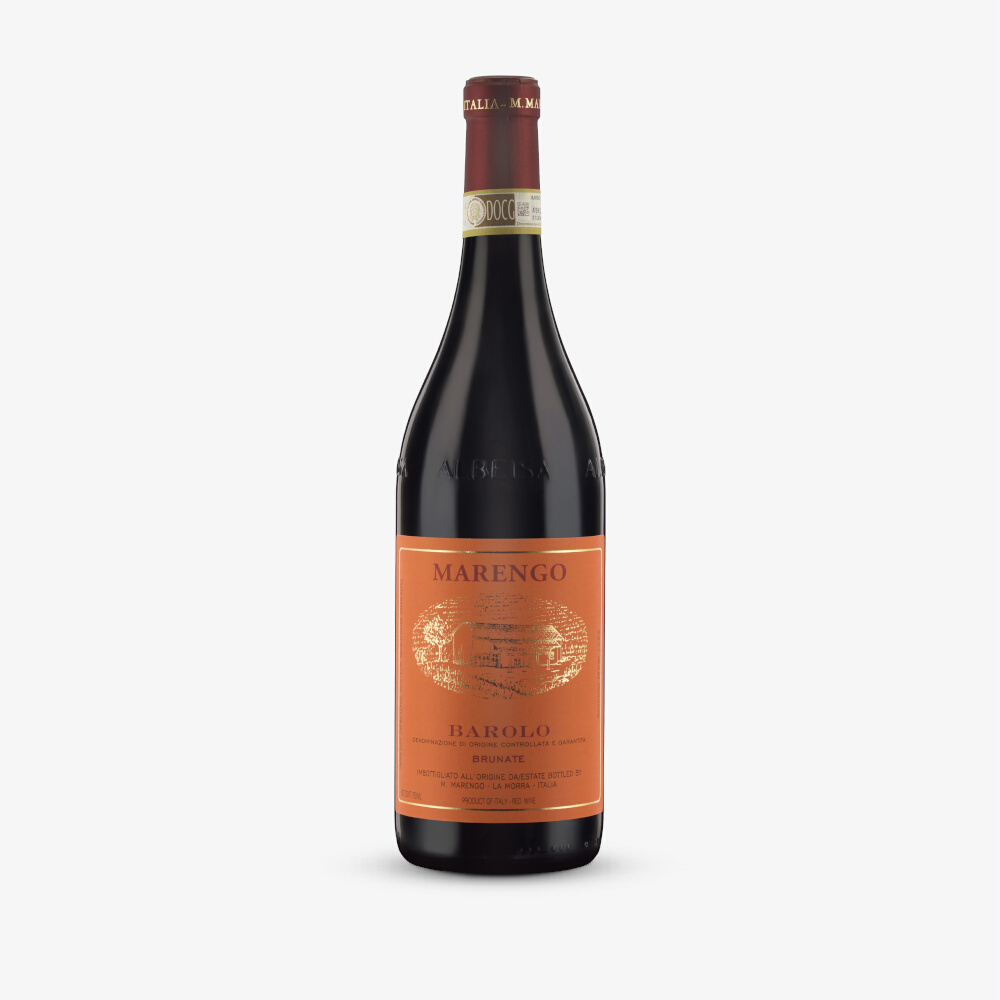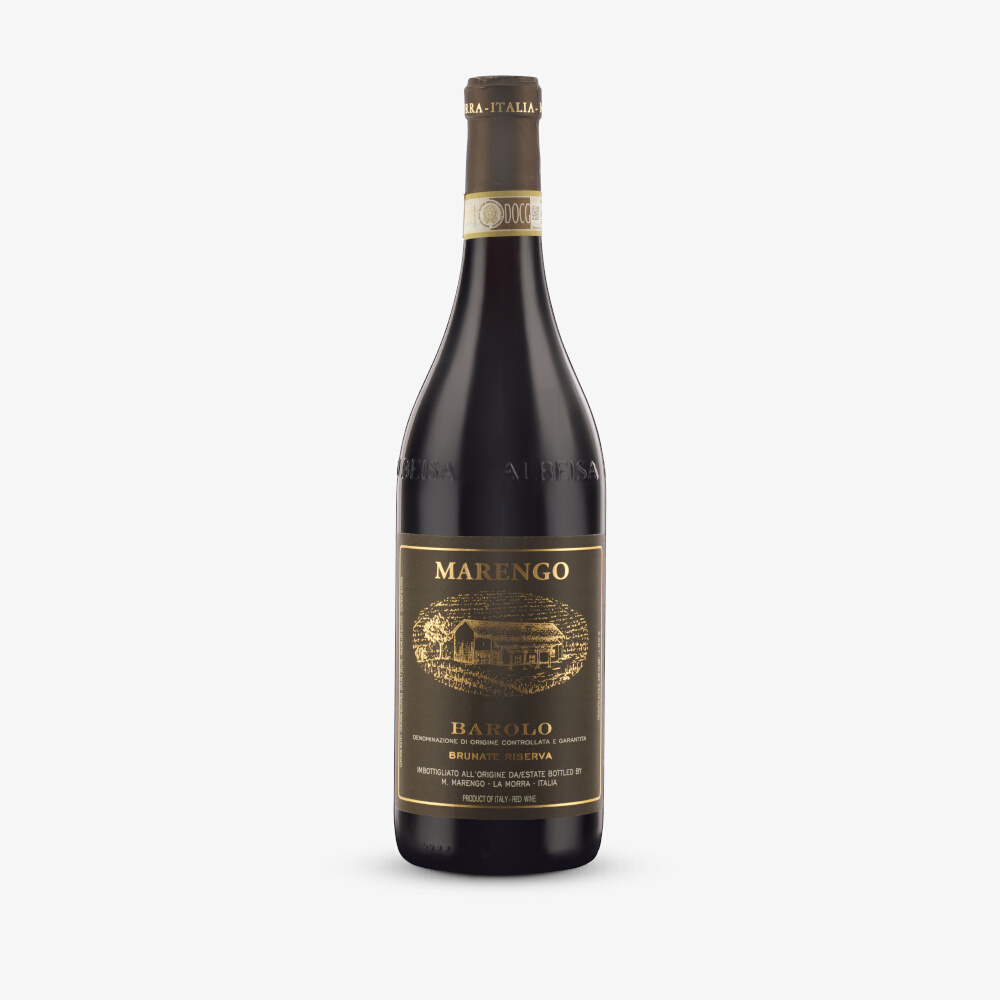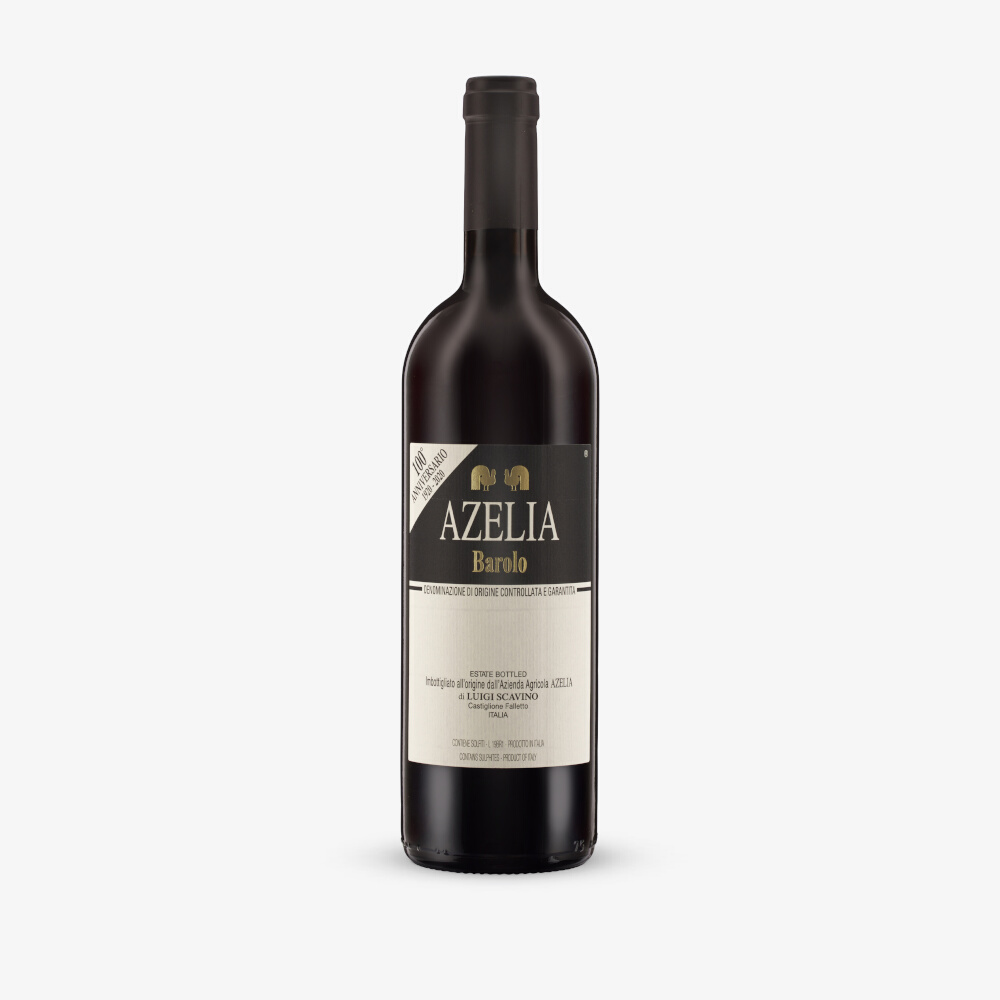Piedmont
Nestled at the foot of the alps, Piedmont is home to the King and Queen of Italian wine. Barolo and Barbaresco rank amongst the most thrilling and incisive wines in the world. Produced from the Nebbiolo grape, they thrill for their heavenly perfumes and stunning precision. Further delicious Piedmontese reds and whites are produced from Dolcetto, Barbera, Arneis and Cortese.
discover Piedmont
Explore the diverse tapestry of our offerings, featuring an extensive list of esteemed winemaking regions, producers and renowned appellations.








